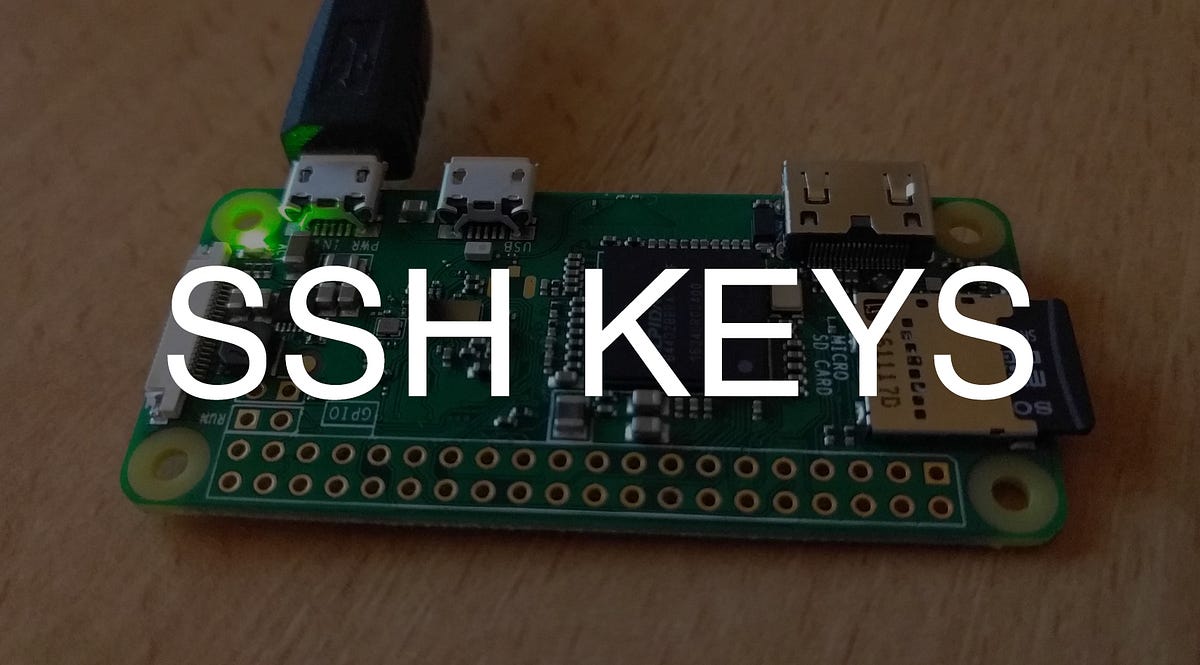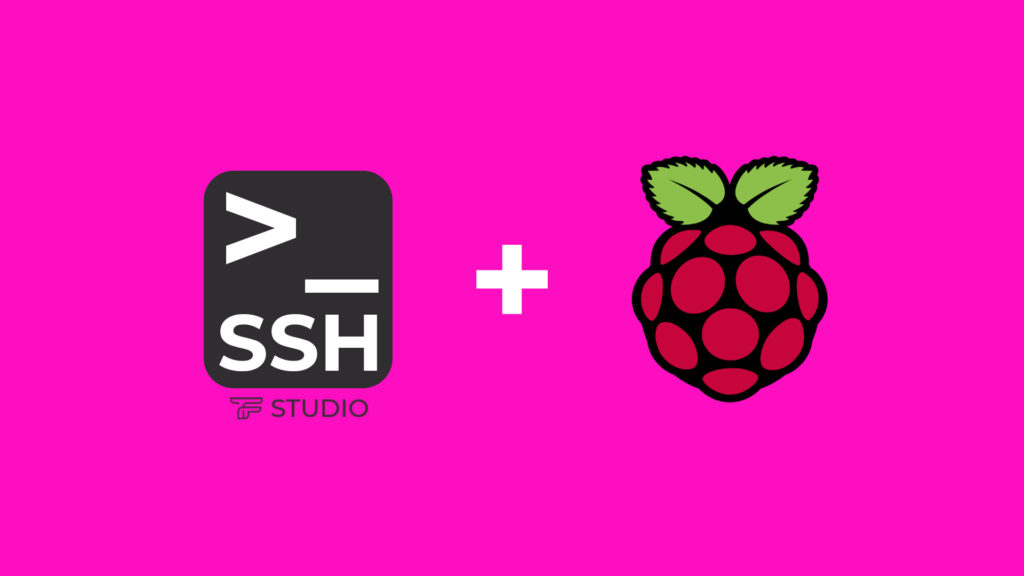Hey there tech enthusiasts! If you're diving into the world of IoT and Raspberry Pi, you've probably come across the term "securely connect remote IoT P2P SSH Raspberry Pi download." Let's face it, the internet of things is booming, and Raspberry Pi has become a go-to device for hobbyists and professionals alike. But how do you ensure your IoT setup is as secure as Fort Knox while still allowing remote access? That's what we're about to unravel together. So, grab your favorite drink, and let's get geeky!
Now, I know what you're thinking—why does security matter so much when it comes to IoT? Well, imagine this: your smart home devices are connected to a Raspberry Pi, and someone hacks into your system. Suddenly, they have access to your cameras, thermostats, and even your fridge. Scary, right? That's why setting up a secure SSH connection for remote IoT devices is crucial. It's not just about convenience; it's about protecting your digital life.
Before we dive deep, let me assure you that this guide is packed with actionable tips, easy-to-follow steps, and some insider tricks to help you set up a secure connection. Whether you're a beginner or a seasoned pro, there's something here for everyone. So, let's jump in and make sure your IoT setup is as safe as it is smart!
Read also:Deephotlink Your Ultimate Guide To Exploring The Hidden Depths Of The Internet
Understanding the Basics of IoT and Raspberry Pi
First things first, let's break down the basics. IoT, or the Internet of Things, is all about connecting everyday devices to the internet and each other. Think smart fridges, security cameras, and even your toaster. Now, enter Raspberry Pi—a tiny yet powerful computer that acts as the brain for many IoT projects. But here's the kicker: to make your IoT devices truly useful, you often need to access them remotely. That's where SSH comes into play.
SSH, or Secure Shell, is like a secret tunnel that lets you control your Raspberry Pi from anywhere in the world. It encrypts your data so that even if someone intercepts it, they won't be able to make sense of it. But setting up SSH securely requires a bit of know-how, which we'll cover in detail. So, whether you're building a smart home or a weather station, SSH is your best friend.
Why Security Matters in IoT
Alright, let's talk turkey here. Security in IoT isn't just a buzzword; it's a necessity. Here's why:
- IoT devices are often left with default passwords, making them easy targets for hackers.
- Once a hacker gains access to one device, they can potentially control your entire network.
- Data breaches can lead to identity theft, financial loss, and even physical harm in extreme cases.
So, securing your IoT setup isn't just about protecting your devices; it's about safeguarding your entire digital ecosystem. And when it comes to remote access, SSH is your first line of defense.
Setting Up SSH on Raspberry Pi
Now that we've established why security is important, let's talk about setting up SSH on your Raspberry Pi. Don't worry; it's easier than you think. Here's a step-by-step guide:
Step 1: Enable SSH on Raspberry Pi
The first step is to enable SSH on your Raspberry Pi. You can do this through the Raspberry Pi Configuration tool or by editing the config file. Here's how:
Read also:Unlock The Power Of Remoteiot Vpc Ssh With Raspberry Pi And Download Windows 10 For Free Legally
- Open the terminal on your Raspberry Pi.
- Type
sudo raspi-configand hit enter. - Navigate to "Interfacing Options" and select "SSH."
- Choose "Yes" to enable SSH.
And just like that, SSH is enabled on your Raspberry Pi. But we're not done yet!
Step 2: Secure Your SSH Connection
Enabling SSH is just the beginning. To make sure your connection is secure, you need to take a few extra steps:
- Change the default SSH port to something other than 22.
- Disable root login to prevent unauthorized access.
- Use a strong, unique password for your SSH connection.
These steps might seem like overkill, but trust me, they're worth it. A secure SSH connection is the foundation of a secure IoT setup.
Best Practices for Secure IoT P2P Connections
Now that you've got SSH up and running, let's talk about best practices for secure IoT P2P connections. Here are a few tips to keep your setup safe:
Tip 1: Use Strong Authentication
Strong authentication is key to securing your IoT devices. Here's how you can implement it:
- Use two-factor authentication (2FA) whenever possible.
- Consider using SSH keys instead of passwords for added security.
SSH keys might sound complicated, but they're actually pretty straightforward. They're like digital keys that unlock your Raspberry Pi, and they're much harder to crack than passwords.
Tip 2: Regularly Update Your Software
Keeping your software up to date is another crucial step in securing your IoT setup. Here's why:
- Software updates often include security patches that fix vulnerabilities.
- Outdated software is an easy target for hackers.
So, make it a habit to check for updates regularly. Your devices will thank you for it!
Choosing the Right Tools for Secure IoT Connections
When it comes to securing your IoT setup, choosing the right tools is essential. Here are a few tools that can help:
Tool 1: Firewall
A firewall acts as a barrier between your IoT devices and the outside world. It can block unauthorized access and protect your network from malicious attacks. Some popular firewall options for Raspberry Pi include:
- ufw (Uncomplicated Firewall)
- iptables
Both are effective and easy to set up, so choose the one that suits your needs best.
Tool 2: Intrusion Detection Systems (IDS)
An IDS can monitor your network for suspicious activity and alert you to potential threats. While it might not stop an attack, it can give you the heads-up you need to take action. Some popular IDS options include:
- Snort
- Suricata
These tools can be a bit more complex to set up, but they're worth the effort if you're serious about security.
Common Mistakes to Avoid in IoT Security
Even the best-laid plans can go awry if you're not careful. Here are a few common mistakes to avoid when securing your IoT setup:
Mistake 1: Using Default Credentials
One of the biggest mistakes people make is using default usernames and passwords. Hackers know these credentials and can easily gain access to your devices. Always change the default settings and use strong, unique passwords.
Mistake 2: Neglecting Updates
Another common mistake is neglecting software updates. As we discussed earlier, updates often include security patches that fix vulnerabilities. Ignoring them can leave your devices exposed to attacks.
By avoiding these mistakes, you can significantly improve the security of your IoT setup.
Advanced Techniques for Securing IoT Connections
If you're ready to take your IoT security to the next level, here are a few advanced techniques to consider:
Technique 1: VLAN Segmentation
VLAN segmentation involves separating your IoT devices from your main network. This can help contain any potential breaches and prevent them from spreading to other parts of your network.
Technique 2: Encryption
Encryption is another powerful tool in your security arsenal. It ensures that even if someone intercepts your data, they won't be able to read it without the decryption key. Tools like OpenSSL can help you implement encryption on your Raspberry Pi.
These techniques might require a bit more effort, but they can provide an extra layer of protection for your IoT setup.
Download and Deployment of Secure IoT Connections
Now that you've secured your IoT setup, it's time to think about deployment. Here are a few tips for a smooth download and deployment process:
Tip 1: Test Your Setup
Before deploying your IoT setup, make sure to test it thoroughly. Check that all devices are communicating properly and that your security measures are working as intended.
Tip 2: Document Your Configuration
Documentation might not sound exciting, but it's incredibly important. Keep detailed records of your configuration, including any changes you make. This will make troubleshooting much easier down the line.
By following these tips, you can ensure a successful deployment of your secure IoT setup.
Conclusion: Take Action and Secure Your IoT Setup
And there you have it—a comprehensive guide to securely connecting remote IoT P2P SSH on Raspberry Pi for download. By following the steps and tips outlined in this article, you can protect your IoT setup and enjoy the benefits of remote access without compromising on security.
So, what are you waiting for? Take action today! Secure your IoT devices, test your setup, and don't forget to share your experiences in the comments below. And if you found this article helpful, be sure to check out our other guides for more tech tips and tricks. Stay safe, stay secure, and happy tinkering!
Table of Contents
- Understanding the Basics of IoT and Raspberry Pi
- Why Security Matters in IoT
- Setting Up SSH on Raspberry Pi
- Best Practices for Secure IoT P2P Connections
- Choosing the Right Tools for Secure IoT Connections
- Common Mistakes to Avoid in IoT Security
- Advanced Techniques for Securing IoT Connections
- Download and Deployment of Secure IoT Connections
- Conclusion: Take Action and Secure Your IoT Setup



